Sri Aurobindo's Birthplace
Sri Aurobindo was born on August 15, 1872 at No. 4 Theatre Road. This property is now known as 'Sri Aurobindo Bhavan', which came into being through a Government Act in 1972...
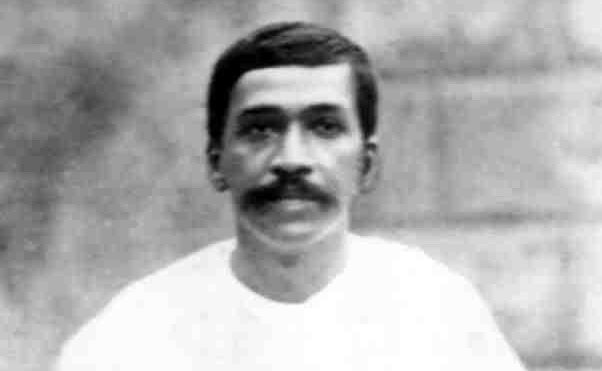
1906
Bengal National College started with Sri Aurobindo as its first Principal on 15.Aug.1906. Sri Aurobindo attached much importance to National education and included it as part of the new Nationalist Party's programme...
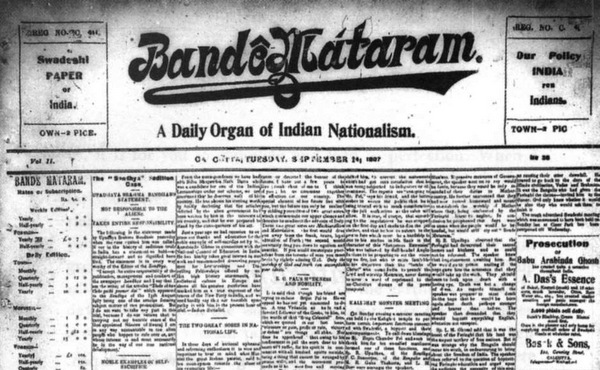
1906-08
'Bande Mataram' was an English newspaper edited by Sri Aurobindo. It was almost unique in journalistic history in the influence it exercised in converting the mind of a people and preparing it for revolution...
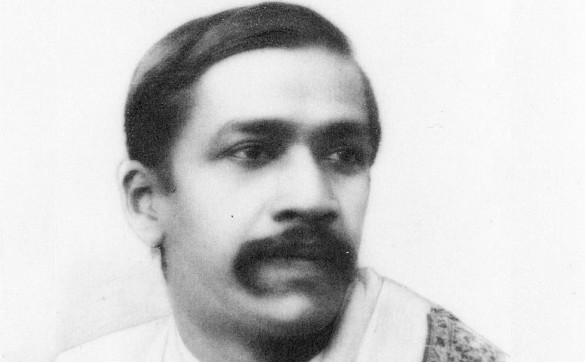
Jan. 1908
Sri Aurobindo realized Nirvana or Silent Brahman Consciousness in January 1908. This experience turned out to be the beginning of a greater realisation...
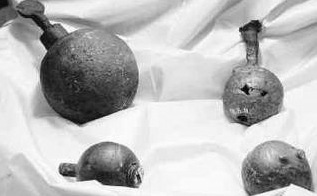
1908-09
Alipore Bomb case was a historic trial in which the British Government tried to implicate Sri Aurobindo in various revolutionary activities...
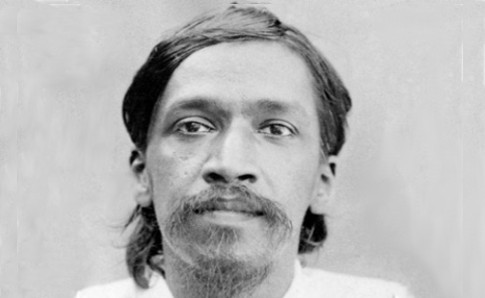
1908-09
Sri Aurobindo realized Cosmic consciousness and the Divine as all beings and all that is, during his confinement at Presidency Jail as an undertrial prisoner...
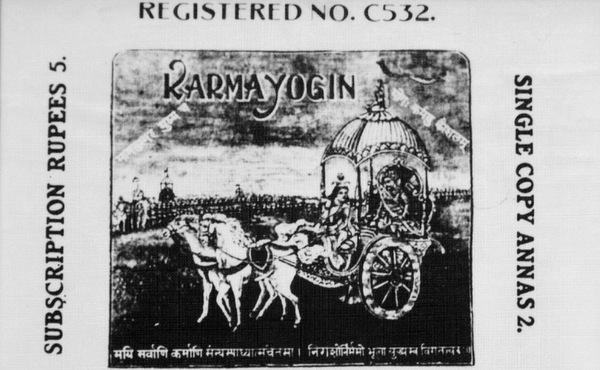
1909-10
Karamayogin was a weekly journal in English started by Sri Aurobindo as a review of National Religion, Literature, Science, Philosophy etc...
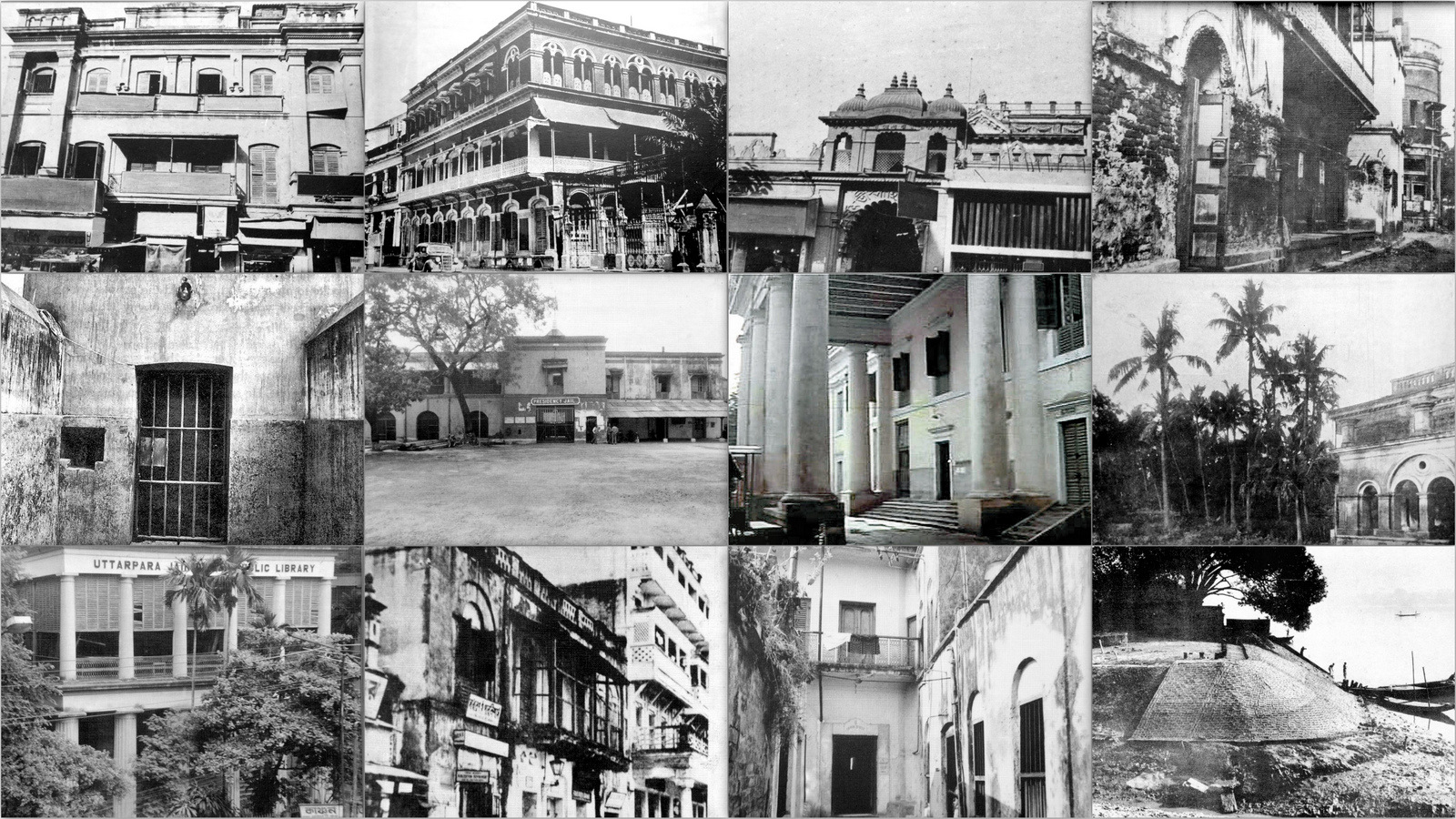
Sri Aurobindo was born on August 15, 1872 at No. 4 Theatre Road. This property is now known as 'Sri Aurobindo Bhavan', which came into being through a Government Act in 1972...
Sri Aurobindo usually resided in this house as a guest of Raja Subodh Chandra Mullick on his visits to Calcutta. 12, Wellington Square thus became a hub of the Nationalist movement and its silent witness...
2/1, Creek Row served as the permanent office and press of 'Bande Mataram' - the English newspaper edited by Sri Aurobindo, which prepared the mind of the people for the Nationalist revolution...
D | E191/1, 164 & 166 Bowbazar Street
Bengal National College, with Sri Aurobindo as its first Principal, operated from 191/1 Bowbazar Street and was later shifted to 164 & 166 Bowbazar street in 1907...
19/3, Chhaku Khansama Lane served as residence of Sri Aurobindo for a brief period. He shifted here to become more accessible to the common man...
The house at 32, Muraripukur Road served as headquarters for the Revolutionary group led by Barindra Ghose...
Sri Aurobindo was arrested from 48, Grey Street on 2nd May, 1908, to stand for trial in the Alipore Bomb Case...
Sri Aurobindo was imprisoned in a solitary-confinement cell as an undertrial prisoner in the Alipore Bomb case...
The historic 'Alipore Bomb Trial', in which Sri Aurobindo was the main accused, took place at Alipore Sessions court in 1908-09.
6, College Square served as residence of Sri Aurobindo from 6th May, 1909 until February, 1910, when he left Calcutta...
'Uttarpara Speech', in which Sri Aurobindo for the first time spoke publicly of his Yoga and his spiritual experiences, was made here on 30.May.1909...
4, Shyampukur Lane served as the office of 'Karmayogin' and 'Dharma' newspaper. It was here that Sri Aurobindo received a sudden 'command from above' to go to Chandernagore (in Feb 1910)...
P | QChandernagore
Sri Aurobindo remained in secret residence at Chandernagore, entirely engaged in Sadhana, from mid-February to end-March in 1910 before proceeding to Pondicherry...
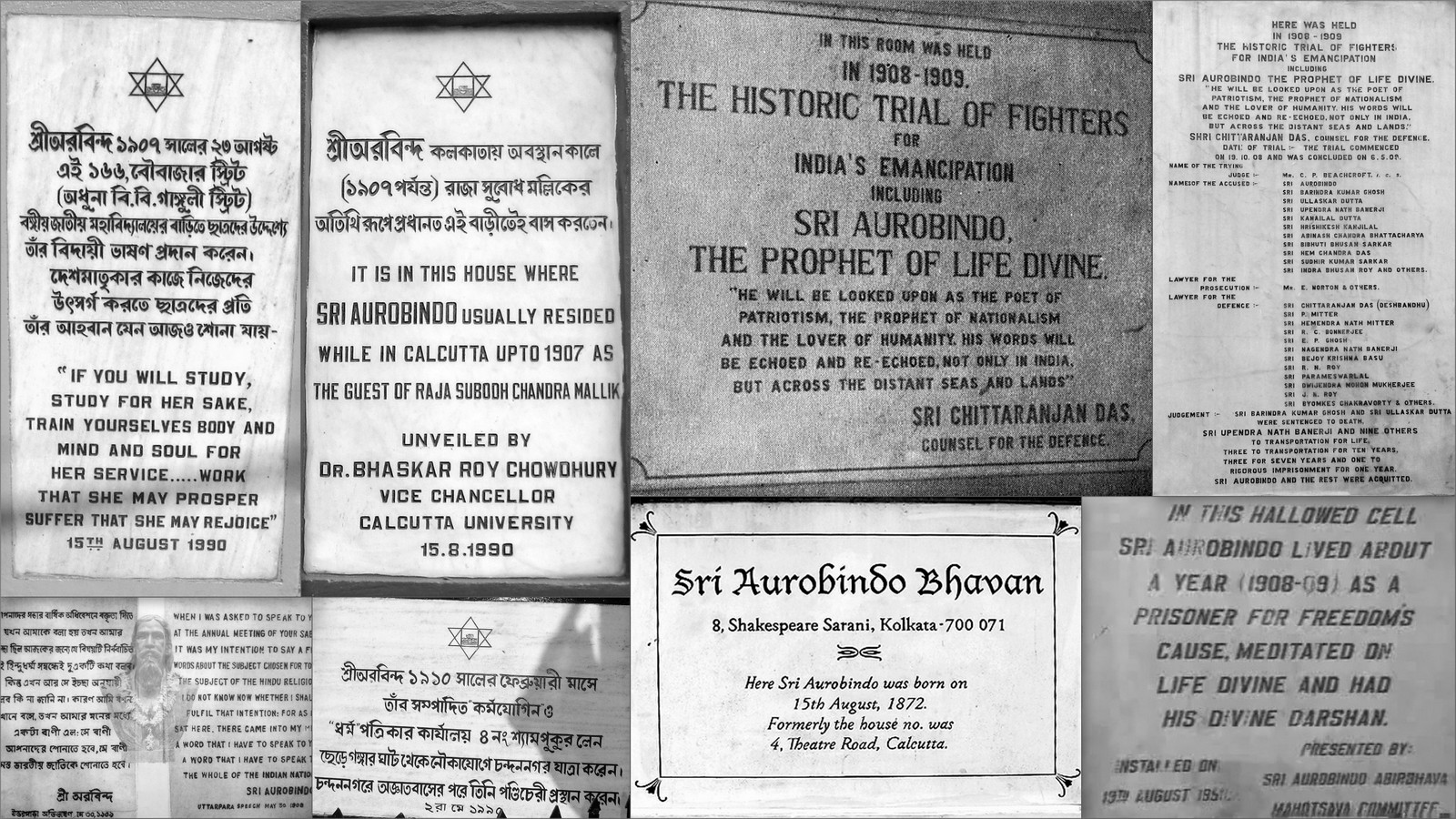
Sri Aurobindo's Birthplace
Hub of Nationalists
Office of 'Bande Mataram'
Bengal National College
Residence
Residence
Revolutionary 'Ashram'
Place of Arrest
Prison Cell
Alipore Bomb Case
Residence
Uttarpara Speech
Office of 'Karmayogin'
Secret Residence